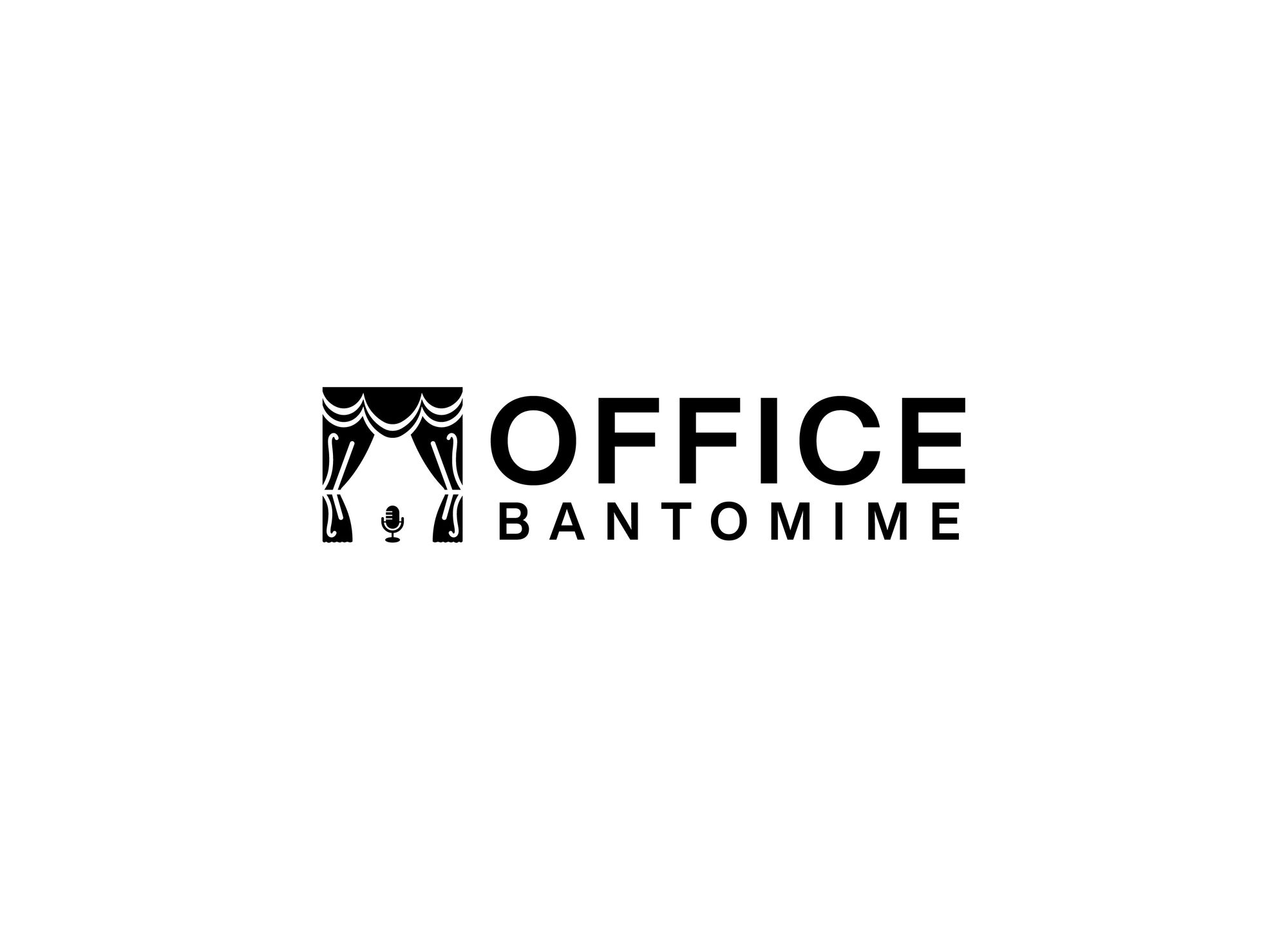What are the four dimensions of service management?
An organization aims to generate value for its stakeholders, which is accomplished by providing and utilizing services. The ITIL SVS outlines how the various elements and operations within an organization collaborate to accomplish this goal. Nevertheless, prior to delving deeper, it's important to first familiarize ourselves with the
An organization aims to generate value for its stakeholders, which is accomplished by providing and utilizing services. The ITIL SVS outlines how the various elements and operations within an organization collaborate to accomplish this goal. Nevertheless, prior to delving deeper, it's important to first familiarize ourselves with the four dimensions of service management.
The dimensions of the SVS are crucial to the success of all its elements. Organizations should take into account every aspect of their behavior to attain their goals and operate optimally. However, in reality, organizations tend to concentrate too much on one aspect and overlook the others.
For instance, process improvements may be made without sufficient consideration for the people, partners, or technology involved, or technology solutions may be implemented without regard for the processes or people they're supposed to serve.
All aspects of service management are essential, and none of them can produce desired results when considered independently. To ensure a comprehensive approach to service management, ITIL outlines four dimensions that are crucial to delivering value to customers and stakeholders through products and services efficiently and effectively.
The 4 dimensions
- Organizations and people
- Information and technology
- Partners and suppliers
- Value streams and processes
The four dimensions of service management encompass all aspects of the SVS, including the entire service value chain and ITIL practices. However, these dimensions can be impacted by external factors outside of the SVS's control.
Neglecting any of the four dimensions could result in inadequate or low-quality services. For instance, disregarding the value streams and processes dimension can cause inefficiencies, duplicated efforts, or even conflicting work within the organization. Similarly, ignoring the partners and suppliers dimension can result in misaligned outsourced services.
The boundaries between these dimensions are not rigid and may overlap, causing unpredictable interactions based on the organization's level of complexity and uncertainty. It is crucial to understand that these four dimensions apply to all managed services and the SVS as a whole. It is imperative to consider each of these perspectives when managing and improving services at all levels.
Organisations and people

As organizations become more complex, it is imperative to clearly define their structure, management, and systems of authority and communication to align with their strategy and operating model. The first aspect of service management, "Organizations and People," recognizes that a formal structure alone is not enough to guarantee an organization's success.
The Impact of Operations on Organizational Culture
The organization must also foster a culture that supports its goals and have the right level of capacity and competence among its workforce. The leaders of the organization play a crucial role in promoting values that motivate people to perform optimally. Over time, the way in which an organization conducts its operations shapes its shared values and attitudes, which become its culture.
For instance, promoting a culture of trust and transparency can be beneficial in encouraging members to report and escalate issues and drive corrective actions before they affect customers. Adopting the ITIL principles can serve as a starting point for establishing a positive organizational culture. People, including customers, employees, suppliers, and stakeholders, are a crucial component of this aspect.
Considerations for Skills, Competencies, and Collaboration
Consideration should be given to their skills, competencies, management and leadership styles, and communication and collaboration skills. As practices change, individuals need to update their skills and knowledge. It is increasingly important for people to understand their role and how it relates to others in the organization to promote collaboration and coordination.
Understanding Roles and Contributions to Value Creation
In IT fields such as software development or user support, a broad general knowledge of the organization combined with deep specialization is becoming more recognized. All members of the organization should understand how their work contributes to the organization's value creation for customers and stakeholders.
Focusing on value creation helps to eliminate organizational silos. The aspect of service management encompasses roles and responsibilities, organizational structure, culture, staffing, and required competencies, all related to the creation, delivery, and improvement of a service.
Information and technology

The information and technology dimension of the Service Value System (SVS) encompasses the knowledge and technologies required for managing services and the connections between the components of the SVS, such as inputs and outputs of activities.
The ITIL Framework for Service Management
The ITIL framework provides comprehensive guidance on the role of information and technology in service management. The technologies that support service management include, but are not limited to, workflow management systems, knowledge bases, inventory systems, communication systems, and analytical tools. With advancements in technology, AI, machine learning, and other cognitive computing solutions are being increasingly utilized in all aspects of service management.
Utilization of Mobile Platforms and Cloud Solutions
The use of mobile platforms, cloud solutions, remote collaboration tools, automated testing, and deployment solutions is now a common practice among service providers. The information and technology required for a specific IT service depend on the nature of the service and cover all levels of IT architecture.
Importance of Information Management
Organizations need to consider various aspects of information management, such as protection, management, archiving, and disposal of information and knowledge assets. Information exchange between services and components is also an important consideration, and the information architecture needs to be optimized for availability, reliability, accessibility, timeliness, accuracy, and relevance. Information security and regulatory compliance are major concerns in information management, with different regulations affecting the collection and management of data in various industries and countries.
Factors to Consider When Selecting Technology
When selecting technology, organizations need to consider compatibility, interoperability, potential disruption, regulatory compliance, viability, risk, alignment with strategy, skills, automation, capabilities, and potential risks and constraints. The organization's culture and nature of business may also play a significant role in technology selection.
The Impact of Organizational Culture and Industry Restrictions
Some organizations may prioritize being at the forefront of technological advances, while others may have a more traditional approach. Different industries may also have restrictions on the use of certain technologies, particularly when dealing with sensitive data.
Partners and suppliers

The partners and suppliers dimension in service management refers to the relationships between organizations that are involved in the design, development, deployment, delivery, support, and continual improvement of services. This includes contracts and agreements between the organization and its partners or suppliers.
Relationships between Organizations
Every service and organization relies on services provided by other organizations to some extent. Relationships between organizations can range from formal contracts with clear separation of responsibilities to flexible partnerships where parties share common goals and risks. The forms of cooperation can exist as a spectrum and the position of the organization will depend on its strategy and objectives.
Strategy
An organization's strategy for using partners and suppliers should be based on its goals, culture, and business environment. Some organizations may focus on developing their core competencies while others may rely on their own resources as much as possible. Factors such as strategic focus, corporate culture, resource scarcity, cost concerns, subject matter expertise, and external constraints can influence the organization's supplier strategy.
Service Integration and Management
One method an organization can use to manage their partners and suppliers is service integration and management. This involves the use of a specially established integrator to coordinate service relationships. Service integration and management can be kept within the organization or delegated to a trusted partner.
Factors Influencing Strategy
- Strategic focus
- Corporate culture
- Resource scarcity
- Cost concerns
- Subject matter expertise
- External constraints
- Demand patterns
The Growth of "As a Service" Companies
In the last decade, there has been a significant growth in companies that offer technical resources or capabilities "as a service". These companies bundle goods and services into a single offering that can be consumed as a utility and accounted for as operating expenditure. This allows companies to avoid investing in costly infrastructure and software assets that need to be accounted for as capital expenditure.
Value streams and processes

Purpose and Application of the Dimension
Applied to the organization and its SVS, the value streams and processes dimension is concerned with how the various parts of the organization work in an integrated and coordinated way to enable value creation through products and services. -The dimension focuses on what activities the organization undertakes and how they are organized, as well as how the organization ensures that it is enabling value creation for all stakeholders efficiently and effectively.
Importance in ITIL -The fourth dimension of service management is value streams and processes.
Like the other dimensions, this dimension is applicable to both the SVS in general, and to specific products and services. -In both contexts it defines the activities, workflows, controls, and procedures needed to achieve agreed objectives.
ITIL Service Value Chain
ITIL gives organizations acting as service providers an operating model that covers all the key activities required to manage products and services effectively. -This is referred to as the ITIL service value chain. -The service value chain operating model is generic and in practice it can follow different patterns. These patterns within the value chain operation are called value streams.
Value streams for service management

Definition
A value stream is the series of steps an organization takes to create and deliver its products and services to customers. It is a combination of the organization's value chain activities.
Importance of Value Streams
Identifying and understanding the organization's value streams is crucial for improving overall performance. Structuring the organization's activities in the form of value streams helps to clarify what the organization delivers and how, and enables continuous improvement of services.
Mapping Value Streams
Organizations should evaluate their work processes and map out all the value streams they can identify. This allows for analysis of the current state and identification of any obstacles to workflow or non-value-adding activities, also known as waste. Elimination of wasteful activities leads to increased productivity. Opportunities for enhancing value-adding activities can be found across the service value chain, through new activities or modifications to existing ones.
Optimizing Value Streams
Value stream optimization may involve process automation or adoption of new technologies and ways of working to increase efficiency and enhance the user experience. Each of the organization's products and services should have its own defined value stream. Depending on the organization's strategy, value streams can be redefined or remain stable over time, but they should always be continually improved to ensure optimal achievement of the organization's objectives.
Processes

Definition:
A process is a set of activities that transform inputs into outputs. It is a sequence of actions and their dependencies, which help in accomplishing an objective.
Detailed Explanation
- Processes describe what is done to achieve a specific goal
- They are usually documented in procedures and work instructions
- Procedures outline the involvement of people in the process
- Work instructions explain how the process is carried out
- A well-defined process can improve productivity within and across organizations
Application to Products and Services
When applied to products and services, processes answer the following critical questions in service design, delivery, and improvement:
- What is the generic delivery model for the service and how does it work?
- What are the value streams involved in delivering the agreed outputs of the service?
- Who, or what, performs the required service actions?
Note
The specific answers to these questions will vary based on the nature and architecture of the service.
External factors

Introduction
- Service providers and external factors
- Use of PESTLE model to analyze external factors
PESTLE Analysis
- Political factors: Government attitudes towards environmentally friendly products/services
- Economic factors: Different consumer groups with varying buying patterns
- Social factors: Public attitudes towards environmental protection
- Technological factors: Investment in tools/technologies to meet external expectations
- Legal factors: Data protection laws and regulations (GDPR)
- Environmental factors: Importance of environmentally friendly credentials for companies
Impact of PESTLE Factors on Service Management
- Configuration of resources based on external factors
- Addressing the four dimensions of service management
Examples
- Investment in environmentally friendly technology
- Product environmental reports and climate change policies
- Different versions of the same product for different consumer groups
- Changes in data protection regulations (GDPR)
Conclusion
- Influence of PESTLE factors on the operation of service providers.
Summary
An organization's Service Value System (SVS) should be viewed holistically, taking into account all four dimensions and their interactions with external factors. It is crucial to maintain a balanced focus across all four dimensions and stay attuned to emerging trends and opportunities.
Neglecting any of the dimensions or external factors can result in subpar products and services. It is therefore important to continuously monitor and address these components as they evolve.








